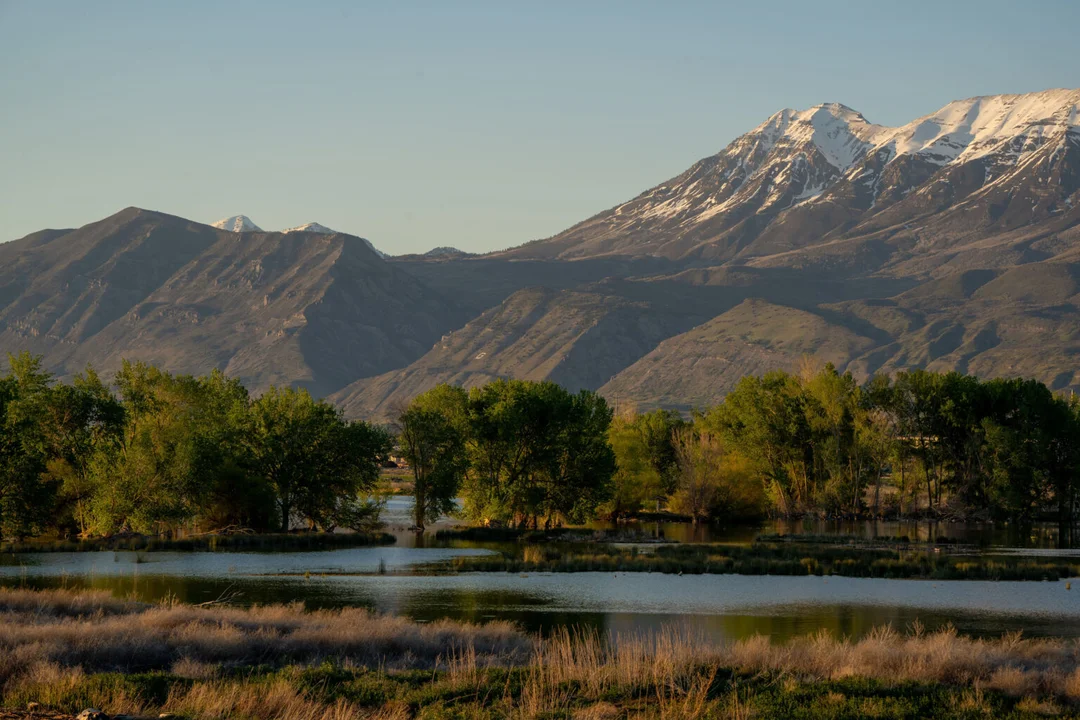
The Impact of Proposed Budget Cuts on Utah’s Water and Wildlife Conservation
In a move that has sent shockwaves through conservation circles, the Trump administration's recent budget proposal includes a staggering $609 million cut to the Central Utah Project. This project, hailed as the "most comprehensive federal water resource development project" in the state, plays a crucial role in both supplying water to millions and restoring vital habitats for wildlife. With these proposed cuts, the future of effective water resource management and ecological restoration in Utah hangs in the balance.
The Central Utah Project consists of an intricate system of reservoirs, pipelines, and river systems that transport Colorado River water to the Wasatch Front. While its primary mission is to manage water resources for municipal and industrial use, the funding cuts threaten to undermine its important conservation initiatives. Experts fear that without vital financial support, habitat restoration endeavors, such as those aimed at reviving the June Sucker—once on the brink of extinction—could be left unfunded.

Michael Mills, the executive director of the Utah Reclamation Mitigation and Conservation Commission, expressed concerns regarding the ambiguity surrounding the specifics of the cuts. As he noted, the budget request suggests a shift toward focusing solely on water infrastructure, potentially sidelining crucial environmental programs. “It’s a difficult spot we’re in,” Mills said, reflecting the widespread anxiety about the unpredictability of future funding.
The ramifications of these financial cuts extend well beyond ecological implications. Zach Frankel, executive director of the Utah Rivers Council, highlighted that such reductions could lead to increased water rates for local users. “If our environment suffers, it directly impacts rural Utah economies that rely on tourism and recreational revenues,” he warned. Indeed, the cuts threaten not just conservation efforts but the livelihoods of many residents who depend on a healthy ecosystem.
The Central Utah Project, with roots dating back to the 1950s, has been a collaborative effort involving federal, state, and local governments, alongside various nonprofit organizations and the Ute tribe. Its programs, including wetland restoration along the Provo and Duchesne Rivers, have seen success thanks to previous federal funding. However, as the proposed budget illustrates, the current administration aims to redefine the project's priorities.

Ultimately, the proposed budget cuts reflect the broader priorities of the Trump administration, prioritizing defense and border security over environmental conservation. While Congress holds the power to amend these cuts, the fear remains that such budgetary decisions could set a precedent that deprives Utah of necessary funding for future conservation projects. As conservationists call for action, this conversation invites the question: How do we balance water management with the urgency of wildlife conservation?
We urge readers to reflect on the importance of conservation funding in sustaining both ecosystems and local economies. What are your thoughts on the potential impacts of these budget cuts? Share your perspectives in the comments below!